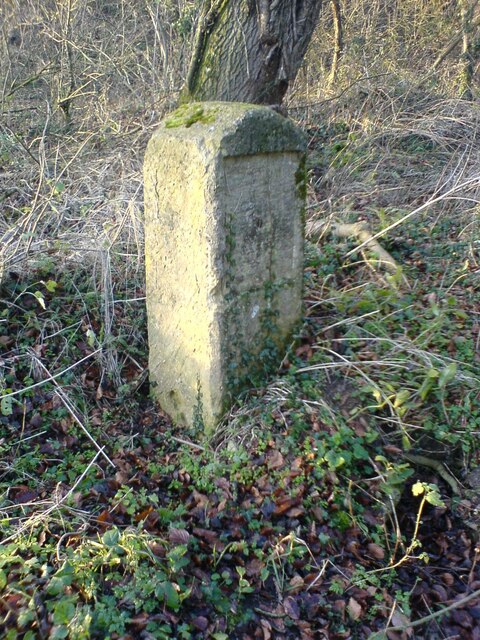Hullasey Grove
Wood, Forest in Gloucestershire Cotswold
England
Hullasey Grove

Hullasey Grove is a charming woodland located in the county of Gloucestershire, England. Known for its natural beauty and serene atmosphere, this picturesque forest is a haven for nature enthusiasts and those seeking a peaceful retreat.
Covering an area of approximately 200 acres, Hullasey Grove is predominantly composed of deciduous trees, including oak, beech, and ash. The forest is home to a diverse range of wildlife, providing a habitat for various species such as deer, birds, and small mammals. Birdwatchers in particular will delight in the opportunity to spot a variety of avian species, including woodpeckers, owls, and songbirds.
Visitors to Hullasey Grove can explore the forest through a network of well-maintained trails, allowing for leisurely walks or invigorating hikes. The paths wind through the woodland, offering glimpses of tranquil ponds, babbling brooks, and carpets of wildflowers during the spring and summer months. The forest also boasts several picnic areas, providing the perfect spot to enjoy a packed lunch amidst the natural surroundings.
Hullasey Grove is not only a place of natural beauty but also cultural significance. The forest has a rich history, with evidence of human activity dating back centuries. Archaeological remains, such as ancient settlements and burial mounds, can be found scattered throughout the woodland, offering a glimpse into the area's past.
Overall, Hullasey Grove is a true gem in Gloucestershire, offering visitors a chance to connect with nature, discover local wildlife, and immerse themselves in the tranquility of this stunning woodland.
If you have any feedback on the listing, please let us know in the comments section below.
Hullasey Grove Images
Images are sourced within 2km of 51.691717/-2.0398522 or Grid Reference ST9799. Thanks to Geograph Open Source API. All images are credited.









Hullasey Grove is located at Grid Ref: ST9799 (Lat: 51.691717, Lng: -2.0398522)
Administrative County: Gloucestershire
District: Cotswold
Police Authority: Gloucestershire
What 3 Words
///troll.arrival.hamster. Near Coates, Gloucestershire
Nearby Locations
Related Wikis
Thames Head
Thames Head is a group of seasonal springs that arise near the village of Coates in the Cotswolds, about three miles south-west of the town of Cirencester...
Tetbury Road railway station
Tetbury Road railway station was built by the Cheltenham & Great Western Union Railway to serve the Gloucestershire villages of Kemble and Coates, and...
Coates, Gloucestershire
Coates is a village and civil parish situated in Cotswold District, Gloucestershire, England. It is around 3 miles (4.8 km) west of Cirencester and close...
Kemble, Gloucestershire
Kemble is a village in the civil parish of Kemble and Ewen, in the Cotswold district of Gloucestershire, England. Historically part of Wiltshire, it lies...
Kemble railway station
Kemble railway station is a railway station that serves the village of Kemble in Gloucestershire, England. The station is on the Swindon to Gloucester...
Jackament's Bridge Halt railway station
Jackament's Bridge Halt railway station served RAF Kemble, on the boundary of Gloucestershire and Wiltshire, England. It was open between 1939 and 1948...
Kemble Railway Cuttings
Kemble Railway Cuttings (ST975976 & ST985973 & ST982989) is a 2.72-hectare (6.7-acre) geological Site of Special Scientific Interest in Gloucestershire...
Cotswold Airport
Cotswold Airport (IATA: GBA, ICAO: EGBP) (formerly Kemble Airfield) is a private general aviation airport, near the village of Kemble in Gloucestershire...
Nearby Amenities
Located within 500m of 51.691717,-2.0398522Have you been to Hullasey Grove?
Leave your review of Hullasey Grove below (or comments, questions and feedback).












